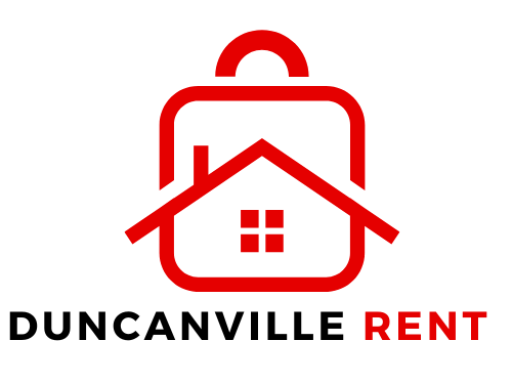Permanent Settlement and Living Conditions in Spain: 2025 Options
Spain keeps drawing global residents through its mix of coastal living traditions and evolving immigration policies. Recent policy changes offer diverse residency options with simplified procedures[1][5][12]. https://myhideawayinspain.com/
## Residency Pathways: Updated Categories
### Work and Investment-Based Options
Non-EU nationals must apply for employment permit (subclass 44/2025) requiring secured employment contract. The Property Visa maintains €500,000 housing purchase minimum[7][12].
### Passive Income Visa
Requires demonstration of sufficient funds with dependent inclusion after 12 months[3][9].
## Cost of Living Analysis
### Residential Fees
– Madrid/Barcelona: €1,200–€2,000/month for downtown flats
– Countryside regions: 45–60% price decreases versus beachfront zones[4][10]
## Medical Services
State healthcare enrollment through tarjeta sanitaria with medication fees capped at €4.18/month for retirees[7][14].
## Policy Amendments
Arraigo Social now requires elementary linguistic competence and unblemished background[6][11].
## Cultural Adaptation
Language Acquisition: Mandatory A2 level for residency renewals from 2026[14][15].
Local Involvement through:
– Social clubs
– Local festivals
– Community service[5][14]
## Summary
Strategic Considerations include:
– Residency Option favoring Remote Work Permit for younger applicants
– Location Strategy on low-cost areas
– Paperwork Legalization via digital platform[2][8]

